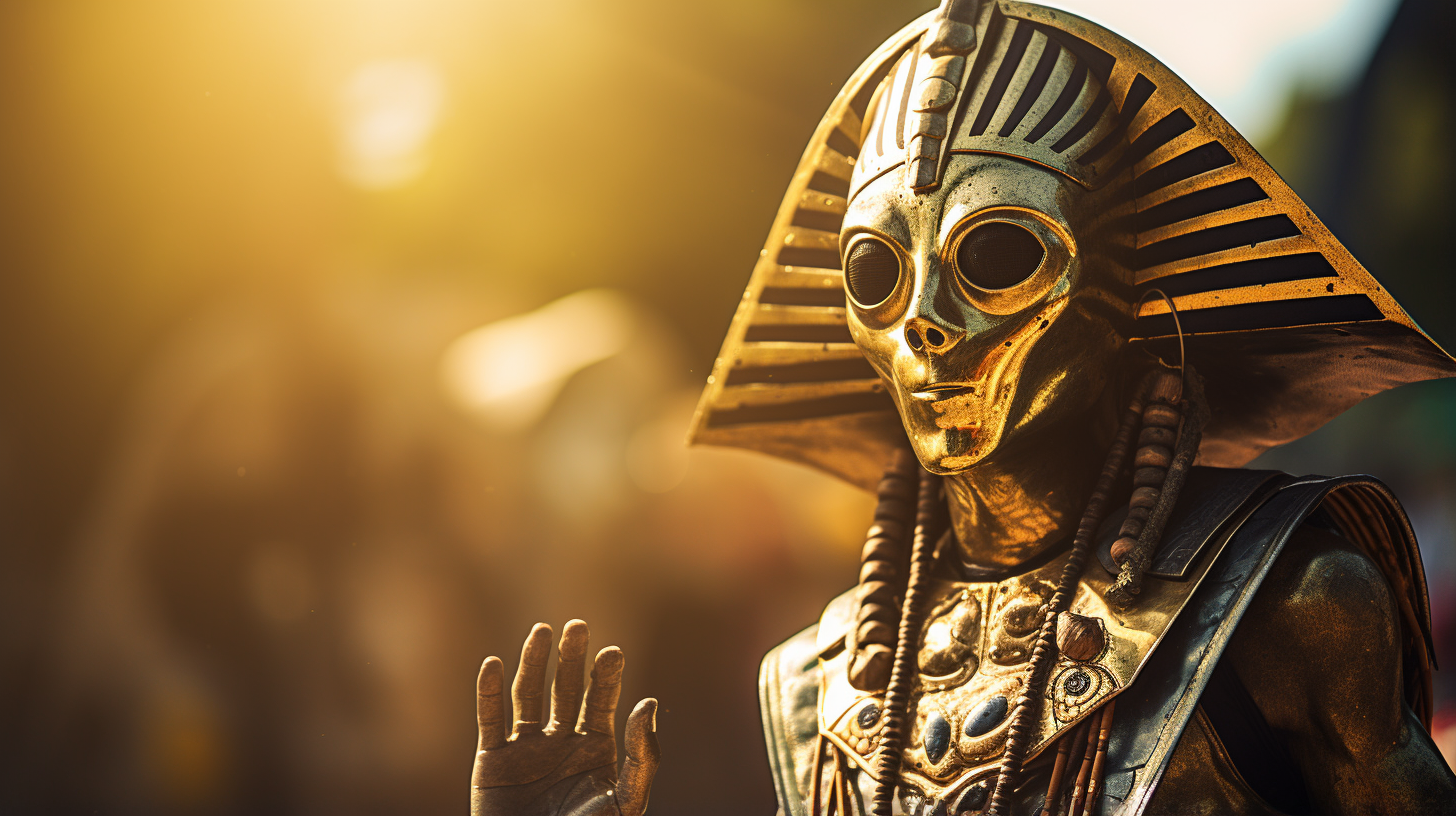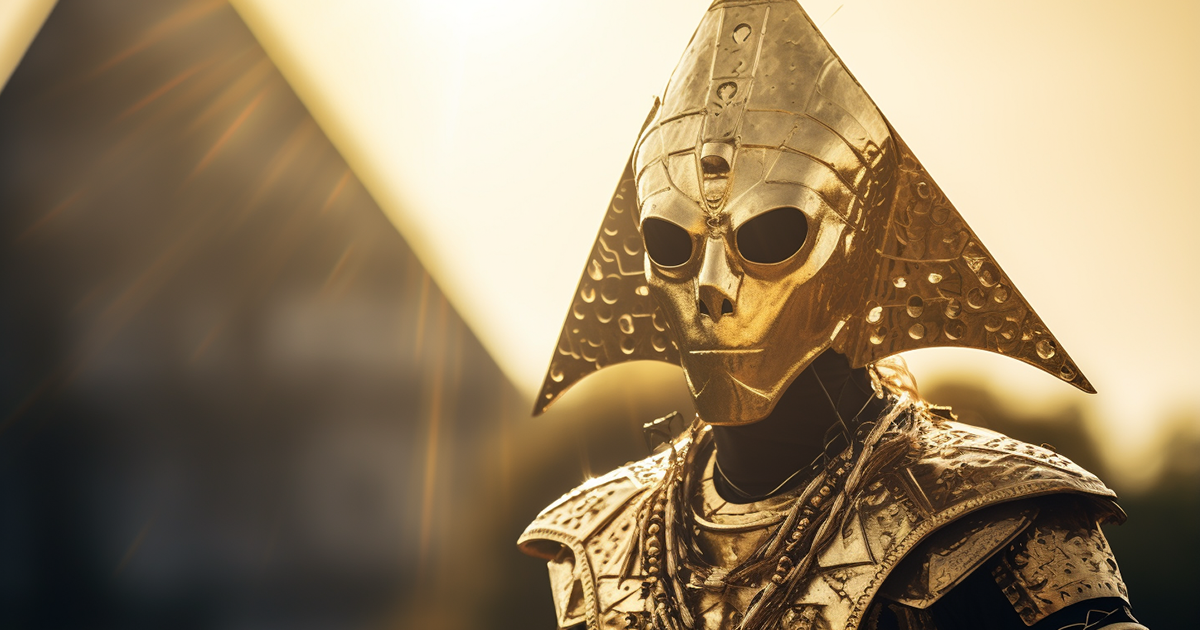Archaeologists, historians, and enthusiasts of ancient civilizations have long been entranced by the extensive remains of Teotihuacan. Situated just 30 miles northeast of Mexico City, this enigmatic city complex serves as a tribute to the creativity of its architects, the Teotihuacanos.
Despite its magnificence, Teotihuacan remains veiled in secrecy, leaving numerous questions unanswered regarding its origins and the destiny of its population.
Teotihuacan, commonly known as the Rome of Mesoamerica, holds a distinct position in history. Originating in the first century A.D., it precedes the powerful Maya civilization by a century and accommodated an estimated 100,000 inhabitants at its peak.
This city acted as a nexus for trade and spirituality, establishing the model for subsequent city-states in the region.
What sets Teotihuacan apart is the absence of hieroglyphs or written documentation. Unlike many contemporaneous Mesoamerican cultures, the Teotihuacanos left behind no written testimonies, leaving present-day investigators without a definitive account of their accomplishments, rulers, or city events.
At the core of Teotihuacan stand two iconic pyramids: the Pyramid of the Sun and the Pyramid of the Moon. These majestic structures, alongside the Temple of Quetzalcoatl, flank the Avenue of the Dead, a central path that traverses the complex.

Surrounding this grand avenue are over 200 smaller buildings and numerous residential quarters, portraying a bustling urban metropolis.
The mystique of Teotihuacan extends beyond its vastness and architectural wonders. It is a realm where fables and history intertwine, where the past and the enigmatic converge. Ancient texts from the Aztec civilization, who emerged long after Teotihuacan’s decline, hint at a possible link between the two.
Legends among the Aztecs propose that their forefathers emerged from a realm named Chicomoztoc, a cavern with seven chambers sheltering seven tribes. Interestingly, some scholars suggest that a physical counterpart to Chicomoztoc may exist below Teotihuacan, concealed beneath the Pyramid of the Sun, where a seven-chamber cave has been unearthed.
Spanish chronicler Gerónimo de Mendieta documented a fascinating legend adding depth to the mystery, depicting gods descending from the heavens, potentially in a vessel, to shape humans from bone, ash, and their own blood.
This narrative prompts speculation about whether our ancestors encountered extraterrestrial beings, influencing their belief systems and societal structures.
As we plunge into the enigmas of Teotihuacan, we are faced with the puzzling absence of a clear developmental trajectory for the city’s engineering and architectural excellence.
The technology and artistry exhibited seemingly surpass the general knowledge of the era, prompting contemplation on the origin of this advanced wisdom and expertise.
Unraveling the enigma of Teotihuacan requires acknowledging the limitations inherent in our comprehension. The city’s origins remain elusive, its creators anonymous, and its history unwritten.
Nevertheless, it endures as a testament to the remarkable capabilities of ancient civilizations and the enigmas that continue to enthrall our curiosity.
Video:
Located in the heart of Mexico, Teotihuacan invites exploration, contemplation, and reflection. It serves as a reminder that history is not a linear tale but a intricate tapestry of human accomplishments, lost knowledge, and the enduring riddles of our past.
